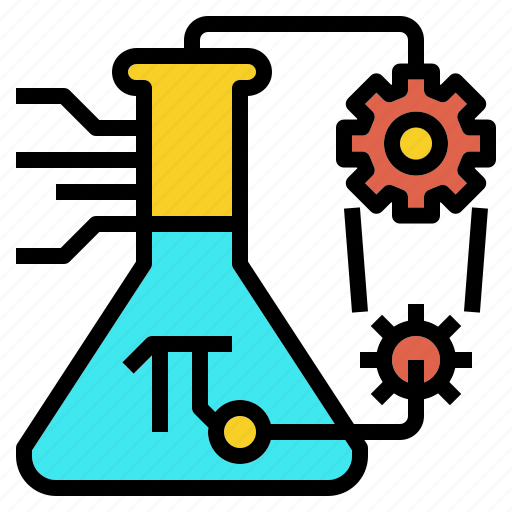IOT Lab Products

IOT KIT
Code : (CIOT-41)
The cable is designed to be stackable, allowing multiple modules to share the same GPIO pins of the Main IoT Controller.
The (CIOT-41) unit is user-friendly and adaptable for handling various pre-assembled modules.
The kit facilitates safe and straightforward connection of its components using 2mm banana cables to 2mm secure banana plugs.
All modules are safeguarded against reverse polarity connections.
Users can easily install the necessary application components and establish connections between them.
The GPIO pins of the Main IoT controller in the kit are accessible via 2mm banana plugs for convenient connection to the kit's modules.
• Studying various types of sensors and actuators, understanding
their functioning, and establishing connections with the primary IoT controller to develop the necessary applications, covering up to 30 modules that are commonly utilized in our daily lives.
• Gaining knowledge about UART, I2C, GPIO, SPI communications, PWM, and ADC.
• Grasping the fundamentals of IoT.
• Getting acquainted with Raspberry Pi and Python programming.
• Exploring Java programming for Android applications.
• Acquiring skills to create basic control, remote control, and establish Bluetooth communications.
• Understanding the HTTP protocol and CGI.
• Learning PHP programming and its utilization for remote control.
• Understanding HTML, JavaScript, and their application in building user interfaces.
• Setting up the IoT server and practicing in the environment.
• Learning the configuration and usage of Lighttpd web server.
• Developing an Android application to interact with the web server for remote control.
• Exploring speech recognition and audio playback.
• Monitoring and saving sensor values in text and Excel formats.
• Facilitating audio playback and output.
• Utilizing the Google Text-to-Speech converter and Google Assistant.
• Implementing a wide range of experiments using system modules such as sensors, actuators, and displays.
• Learning about pandas, numpy, and matplotlib.
• Gaining knowledge about supervised and unsupervised learning.
• Understanding artificial neural networks (ANN), deep neural networks (DNN), and convolutional neural networks (CNN).
• Learning about TensorFlow.

IOT using cortex M4
Code : (CIOT-42)
The (CIOT-42), which is the IoT Trainer Kit Using Cortex M4, is a training unit with a wide range of specifications and features.
• Basic Sensor Data Acquisition
• LED Control via GPIO
• Wi-Fi Connectivity
• Real-Time Temperature and Humidity Monitoring
• Button-Controlled LED
• Data Logging to SD Card
• Control Servo Motor with Sensor Input
• MQTT Communication
• Creating a Web Server
• Smart Home Automation Simulation

IOT smart home
Code : (CIOT-43)
The Main A IoT Controller and The Kit’s Devices are pre-connected by the (CIOT-43) unit to facilitate easy and fast operation of the kit, with a focus on achieving the objectives of the Software layer.
• Studying programming with Python and C/C++,
• understanding Key words, Syntax Structure, Variables, Constants, Selections, Iterative control structures, Functions, Parameters, and Classes.
• Exploring problem-solving through exercises covering Basic Flow, Repeat structures with counter conditions, Logical Conditions, Iteration, Nested Loops, Arrays of 1-D/2-D, Sorting, and advanced applications.
• Delving into AI with Python.
• Exploring audio file playback and output.
• Exploring the usage of Google text to speech converter and Google Assistant.
• Discovering how to utilize system modules (sensors, actuators, displays) to conduct a wide range of experiments.
• Learning about pandas, numpy, and matplotlib.
• Studying supervised and un-supervised learning.
• Exploring ANN, DNN, CNN. Gaining knowledge about TensorFlow.

IOT smart factory
Code : (CIOT-44)
The (CIOT-44) unit involves integrating a production automation system with Internet of Things (IoT) technology to implement smart factory systems.
• Learning the step-by-step process of automating production and operating the entire process with a microprocessor.
• Introduction to equipment and setting up the environment.
• Controlling LED lamps.
• Using a switch to control LED.
• Controlling the machining cylinder.
• Controlling the extraction cylinder.
• Controlling LED lamps based on material detection.
• Controlling LED lamps based on proximity sensor.
• Controlling machining motor.
• Controlling conveyor motor.
• Carrying out extraction process.
• Carrying out transfer process.
• Carrying out machining process.
• Managing supply, processing, and transfer process.
• Handling transfer and extraction process.
• Operating the overall production automation process.
• Integrating IoT with existing automation process for real-time
monitoring and remote control of process status.
• Training on Smart Factory equipment.
• Establishing an IoT environment.
• Monitoring sensors using IoT.
• Controlling LED lamps using IoT.
• Controlling cylinders using IoT.
• Controlling motors using IoT.
• Monitoring conditions based on cylinder control.
• Interlocking LED based on sensor detection.
• Interlocking LED using a switch.
• IoT interlocking control for supply process.
• IoT interlocking control for processing process.
• IoT linkage control for transfer process.
• IoT interlocking control for extraction process.
• Monitoring counts.
• Monitoring error processing.
• Monitoring error counts.
• Realizing a Smart Factory using IoT.
